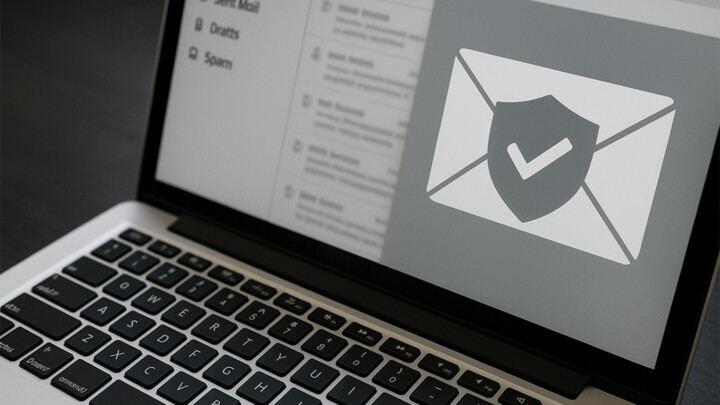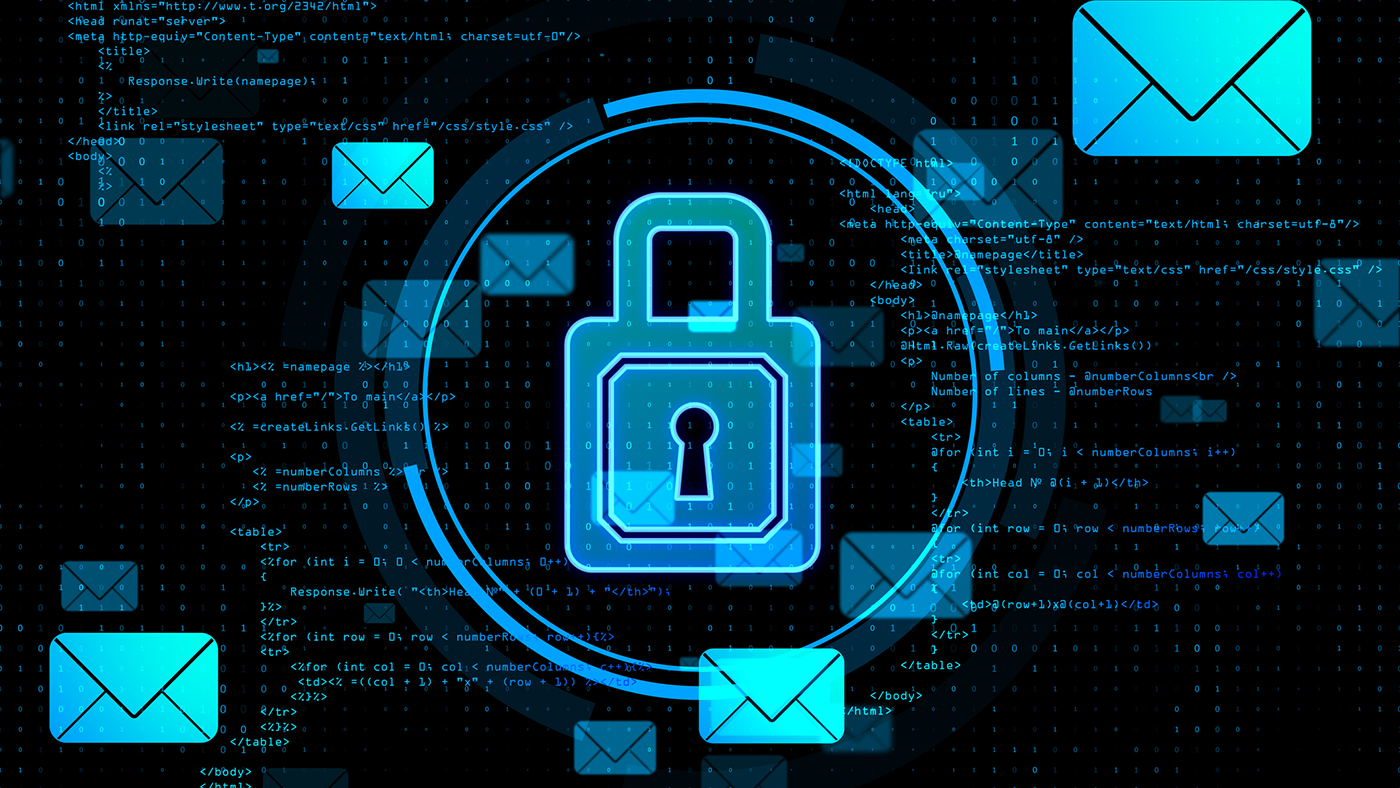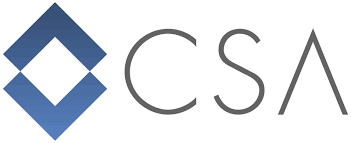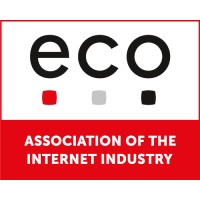In Trust We Send – Securing Digital Communication Through Authentication
Protect your brand and enhance trust with email authentication. Sandra Schubert, Customer Success Manager, Certified Senders Alliance, on how SPF, DKIM, and DMARC can secure your communications against cyber threats.

In the digital economy, trust is more than a value – it’s a business imperative. With increasing cyber threats and rising consumer expectations, organizations must prove they are trustworthy at every digital touchpoint. Nowhere is this more evident than in email communication. When an email lands in a recipient’s inbox, the first question – whether spoken or subconscious – is: “Can I trust this message?” Email authentication is a powerful answer to that question. It establishes sender legitimacy, protects brand reputation, and reinforces confidence in every message sent.
Despite the proliferation of messaging platforms and collaboration tools, email remains the dominant form of business communication globally. With over four billion users worldwide, email continues to serve as a foundational channel for contracts, updates, alerts, and customer engagement.
However, this ubiquity also makes it a prime target for cybercriminals. Email impersonation, phishing, and domain spoofing attacks have grown in scale and sophistication. As we continue to digitize business processes and rely on online communication, the need to protect the integrity of email has never been more urgent.
The Certified Senders Alliance (CSA), a key industry body promoting legal and technical standards for commercial emailing, has long advocated for improved email security. In the CSA’s latest white paper, Email Authentication in the Financial Sector, I explore how email authentication protocols offer a vital layer of protection against today’s most pressing digital threats.
The growing threat of email abuse
Fraudsters have learned that the easiest way to breach an organization is not through hacking, but by tricking people. They send emails that appear legitimate – from a known brand, a trusted supplier, or even an internal department. These messages lure recipients into clicking malicious links or surrendering credentials. With a convincing spoof, an attacker can compromise systems, steal data, or initiate unauthorized transactions.
When domains lack proper authentication, it becomes easy to forge the sender’s identity and impersonate legitimate organizations. This enables sophisticated phishing attacks that exploit trust—often before technical filters or human awareness can respond.
The business risks of inaction
Failing to properly authenticate outbound email can result in loss of trust and reputational harm, as companies associated with phishing often find customers and partners becoming wary, and recovery from such damage is both slow and costly. Additionally, delivery issues become prevalent since mailbox providers like Microsoft, Google and Yahoo increasingly reject or relegate unauthenticated emails to spam, undermining communication efficiency and marketing impact.
Organizations also expose themselves to compliance violations, as regulations such as Europe’s Digital Operational Resilience Act (DORA) and various data protection laws demand robust digital practices, including secure messaging. Missed opportunities are another consequence, since emails that don’t reach the inbox are not seen, clicked, or acted upon – meaning critical updates or promotions may go unnoticed. Finally, weak email policies heighten cyber risk exposure by allowing attackers to spoof domains, deceive customers, and compromise IT infrastructure.
As dmarcian’s Matia Boldrini highlighted in Where DORA and DMARC Meet, digital resilience requires both internal and external protections – email authentication helps secure both ends of the communication chain.
The email security toolkit: SPF, DKIM, and DMARC
To counter email-based threats, three core standards have emerged: SPF (Sender Policy Framework) allows organizations to specify which servers are permitted to send email on their behalf. This reduces the risk of outsiders spoofing the domain. DKIM (DomainKeys Identified Mail) attaches a digital signature to emails to verify they haven’t been altered in transit. DMARC (Domain-based Message Authentication, Reporting & Conformance) builds on SPF and DKIM to instruct mailbox providers on how to handle unauthenticated mail. It also enables domain owners to monitor and improve email authentication via reports.
These protocols, when used together, significantly limit the scope for email impersonation. They are also increasingly becoming mandatory: major email providers now require authenticated messages to ensure delivery, especially for bulk senders.
Moreover, as Jochen Schönweiß from Nameshield wrote here in dotmagazine a few months ago, DMARC and BIMI allow businesses to showcase their verified logos in inboxes – a visual cue that enhances brand trust and helps recipients identify genuine messages instantly.
Challenges and misconceptions
Despite the benefits, adoption still lags behind expectations in many organizations. One of the primary reasons is that many decision-makers remain unaware of the significant strategic and operational risks posed by unauthenticated email. There’s a common but flawed assumption that traditional security measures – such as firewalls, antivirus programs, or even end-to-end encryption – are sufficient to protect the integrity of email communication. However, these measures mainly secure internal systems and do little to address the authenticity of outbound communications or prevent domain spoofing by external actors.
Implementing robust email authentication through SPF, DKIM, and DMARC is not as straightforward as it may appear. These protocols require detailed knowledge of DNS management, cryptographic key generation and storage, as well as the ability to monitor and interpret regular authentication reports. Organizations lacking in-house email infrastructure expertise often encounter misconfigurations, such as incorrect DNS entries, expired keys, or improperly scoped policies, which can lead to legitimate emails being misclassified or blocked.
Moreover, large or legacy-heavy organizations face structural complexities that can further hinder implementation. When multiple departments – each using different email systems or third-party platforms – send communications under the same domain, aligning authentication settings across all endpoints becomes a logistical and technical challenge. This is exacerbated when those departments operate in silos, with IT, marketing, compliance, and legal teams often unaware of each other’s email systems or policies. As a result, gaps in implementation and enforcement frequently emerge, leaving the organization vulnerable to spoofing attacks or deliverability issues that damage both security and brand trust.
Nonetheless, these challenges are surmountable. As Julia Janssen-Holldiek, Director of the CSA, summarized in her recap of the 2024 CSA Summit, trust in digital communication requires cooperation, standardization, and proactive management.
Best practices for implementation
To make email authentication work, organizations should begin with a thorough discovery process, identifying all sending domains and services – including legacy tools, third-party vendors, and internal systems. Implementation should be gradual, starting with a DMARC policy set to “none” to monitor traffic. Reports should be reviewed to identify any issues before moving to stricter enforcement policies such as “quarantine” or “reject”, which instructs mailbox providers to block or isolate unauthorized messages to effectively prevent domain abuse.
Maintaining up-to-date SPF and DKIM records is essential, as is regularly rotating cryptographic keys and securing unused domains to prevent spoofing. Investment in DMARC analytics platforms can greatly aid in interpreting authentication data and ensuring comprehensive coverage. Lastly, internal collaboration between IT, marketing, legal, and executive leadership is critical for aligning strategy and maintaining a secure, trustworthy communication framework.
These steps are outlined in more detail in the Email Authentication in the Financial Sector white paper, which provides practical guidance for organizations looking to enhance their email security and build trust through authenticated communication.
Why trust is the endgame
In today’s digital world, trust is the currency of business – the single most critical factor in whether a customer opens your message, clicks your link, or responds to your offer. Trust defines brand reputation, influences customer loyalty, and underpins every meaningful transaction. Without trust, digital communication breaks down. And nowhere is that trust more vulnerable than in the email inbox, where threats of impersonation and fraud are ever-present.
Email authentication is the technological foundation of trust in digital communication. When a message is properly authenticated, it gives mailbox providers the confidence to deliver it to the inbox rather than the spam folder—or to reject unauthenticated messages if policy dictates. It prevents criminals from hijacking your brand, protects your recipients from phishing, and improves deliverability and engagement. Email authentication is more than a security layer; it’s a trust signal that strengthens your entire communication strategy.
As eco’s Emma Wehrwein and Lauresha Memeti explored in Trust and Collaboration: Enablers of Digital Business Models, sustainable digital ecosystems depend on verifiable identity and secure data exchange. Email authentication delivers both, acting as a linchpin for reliable and trusted interactions.
The CSA supports this mission by certifying email senders who meet high-quality standards for technical quality and responsible sending practices. It works closely with the industry to improve email deliverability, close technical gaps, and promote the adoption of standardized authentication protocols. The CSA’s role goes far beyond spam filters and firewalls – by setting clear requirements and fostering industry-wide best practices, it helps ensure that legitimate messages are delivered reliably and securely. Trust in email cannot be assumed; it must be earned and maintained. And in today’s digital ecosystem, email authentication is a critical foundation for that trust.
Authentication is not optional
Email remains the bedrock of digital interaction – but it is only as secure as the measures protecting it. Implementing SPF, DKIM, and DMARC is no longer optional for serious organizations. It is the foundation for ensuring inbox delivery, defending against impersonation, building and preserving user trust, and meeting evolving regulatory standards. In a world where a single spoofed message can spark a crisis, email authentication is the first – and most critical – line of defense.
Sandra Schubert is an experienced email marketing and customer service professional. As an email marketing consultant at Validity/Return Path in France, she worked with brands to address deliverability issues and refine email strategies. Prior to that, she supported her clients in various roles in an international environment, including client success and channel support at Return Path and export management at Carl Zeiss. Since August 2023, she has returned to customer support in her home country Germany, where she combines her expertise and passion for helping others as Customer Support Manager at CSA.






